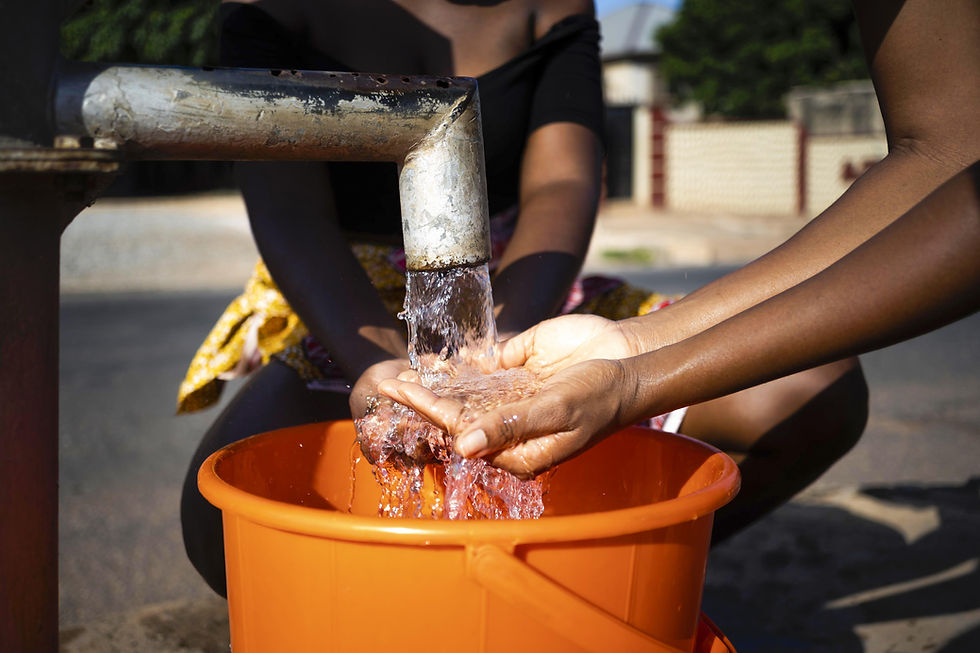Stampriet Geology - The Underground Water
- SAUMA

- Dec 23, 2024
- 1 min read
Updated: Jan 8

Below the Kalahari sands, the underground geology is an alternating succession of layers of porous sandstone that carry water, the aquifers (orange and yellow), and non-porous, water-free mudstones (grey). Yellow layers are artesian, meaning that the water rises very high in a borehole and may even flow out on the surface, as in the Auob and Nossob river valleys in some places. The underground layers extend into Botswana and South Africa.
The deepest aquifer, the 25 meter-thick Nossob Formation, has limited yields and the water deteriorates in quality southwards. The main and strongest aquifer consists of the three sandstone layers of the Auob Formation. This ranges from 25 to 185 m in thickness.
The Auob Formation provides all the drinking water for the towns from Leonardville to South Africa and from Stampriet to Botswana. It also provides all the good-quality water for irrigation. Many farms obtain water of variable quality from the orange Neu Loore Formation sandstones and the Kalahari sands.
To read this article in Afrikaans, click here
To read this article in German, click here








Comments